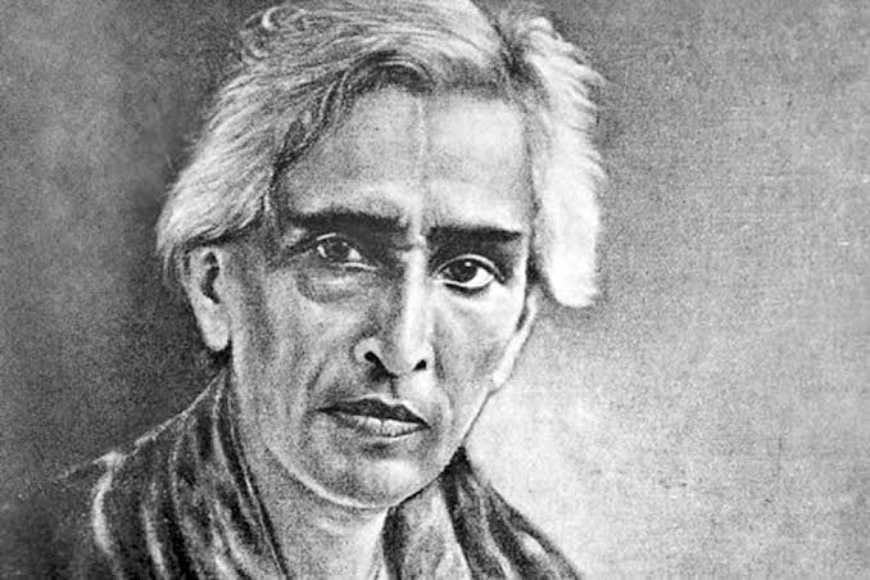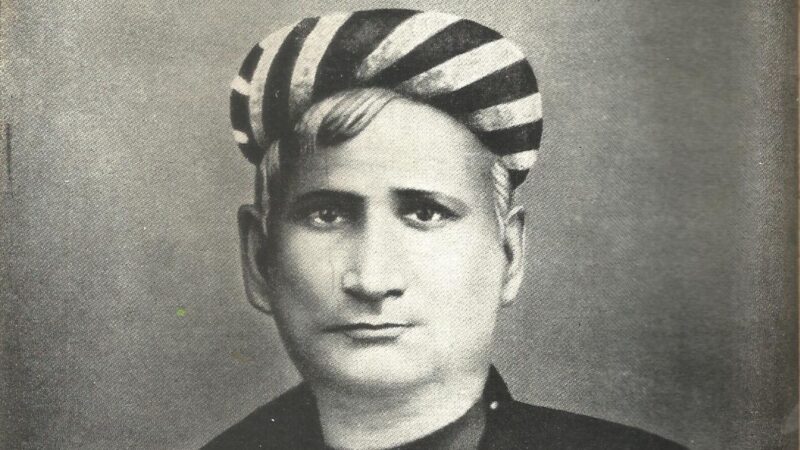Sarat Chandra Chattopadhyay: A Literary Luminary of Bengal

Sarat Chandra Chattopadhyay: A Literary Luminary of Bengal
Sarat Chandra Chattopadhyay, a name synonymous with Bengali literature, remains one of the most celebrated and influential novelists in Indian literary history. Born on September 15, 1876, in Devanandapur, Bengal Presidency (now West Bengal), he crafted timeless stories that continue to resonate with readers across generations. His works, such as Devdas, Parineeta, and Srikanta, reflect the essence of human emotions and societal intricacies.
Early Life and Education
Sarat Chandra was born into a modest family, facing financial hardships that shaped his worldview. Despite these challenges, he exhibited an early interest in literature, inspired by Bengal’s cultural vibrancy. He studied at Hooghly Branch High School and later attended Tejnarayan Jubilee College in Bhagalpur but could not complete his education due to financial constraints. These early struggles deeply influenced his writing, infusing his works with themes of resilience and societal critique.
Literary Journey: From Struggles to Stardom
The Humble Beginnings
Sarat Chandra’s literary journey began in his youth, penning stories and essays that reflected the socio-cultural environment of late 19th-century Bengal. His early works, written during his stay in Burma (now Myanmar), were initially serialized in magazines and later compiled into books.

Iconic Works and Their Themes
- Devdas
- Devdas, arguably Sarat Chandra’s most famous novel, is a tragic love story that has been adapted into numerous films. It explores unrequited love, societal norms, and the destructive power of addiction.
- Parineeta
- Parineeta is a tale of love and misunderstandings set against the backdrop of a conservative society. It highlights the tension between tradition and modernity.
- Srikanta
- This semi-autobiographical novel delves into Srikanta’s wanderings and encounters, reflecting Sarat Chandra’s philosophy of life and human relationships.
- Charitraheen
- A daring critique of societal hypocrisy, Charitraheen challenges the double standards imposed on women.
Recurring Themes in His Works
Sarat Chandra’s novels often focus on:
- Women’s Rights: He portrayed strong, independent female characters who challenged societal norms.
- Social Reforms: His works critique caste systems, patriarchy, and colonial influence.
- Human Emotions: Love, loss, and redemption are recurring motifs.
- Rural Bengal: The simplicity and struggles of rural life are central to his narratives.
Influence on Indian Literature and Society
Sarat Chandra’s impact extends beyond his literary brilliance. His works sparked conversations about social reform, women’s emancipation, and cultural identity. He was a voice for the marginalized, and his characters often mirrored the struggles of common people.
Adaptations and Popularity
Many of Sarat Chandra’s works have been adapted into films, plays, and television series, solidifying his place in popular culture. Notable adaptations include:
- Devdas (multiple versions in Hindi, Bengali, and other languages)
- Parineeta (notably the 2005 Bollywood film)
- Chhoti Bahu (based on Bindur Chhele)
Recognition and Legacy
Despite limited formal recognition during his lifetime, Sarat Chandra’s contribution to literature has been celebrated posthumously. He remains a cornerstone of Bengali literature and a source of inspiration for writers and filmmakers.

The Timeless Appeal of Sarat Chandra’s Writing
Simple Yet Profound Language
Sarat Chandra’s writing is characterized by its simplicity and emotional depth. He used colloquial Bengali to make his stories accessible to the masses, ensuring their universal appeal.
Strong Female Characters
In a patriarchal society, Sarat Chandra’s portrayal of women as resilient and empowered was revolutionary. Characters like Paro (Devdas) and Lalita (Parineeta) challenged traditional stereotypes and inspired generations of readers.
Social Commentary
Through his narratives, Sarat Chandra addressed pressing societal issues such as dowry, caste discrimination, and women’s rights. His works are not just stories but a mirror to the society of his time.

Sarat Chandra’s Enduring Relevance
Even decades after his passing on January 16, 1938, Sarat Chandra Chattopadhyay’s works resonate with readers. His themes of love, loss, and social reform are as relevant today as they were then.
Why Sarat Chandra’s Works Matter Today
- Timeless Themes: His exploration of human emotions and societal challenges remains relatable.
- Cultural Legacy: His works offer a glimpse into the socio-cultural fabric of colonial Bengal.
- Inspirational Characters: His portrayal of strong, independent women inspires contemporary readers.
Conclusion: Celebrating a Literary Legend
Sarat Chandra Chattopadhyay’s literary genius transcends time and geography. His stories continue to inspire, provoke thought, and evoke deep emotions. For anyone seeking to explore the richness of Indian literature, Sarat Chandra’s works are an indispensable treasure.
Dive into the enchanting world of Sarat Chandra. Explore his timeless works, celebrate his legacy, and share the beauty of his stories with friends and family. Don’t miss the chance to rediscover a literary genius whose themes remain relevant across generations.
For More Post about Bengali Legends please visit Bengali Legends
Follow Us for on Social Media: Facebook | Instagram | Pinterest | Twitter | YouTube







